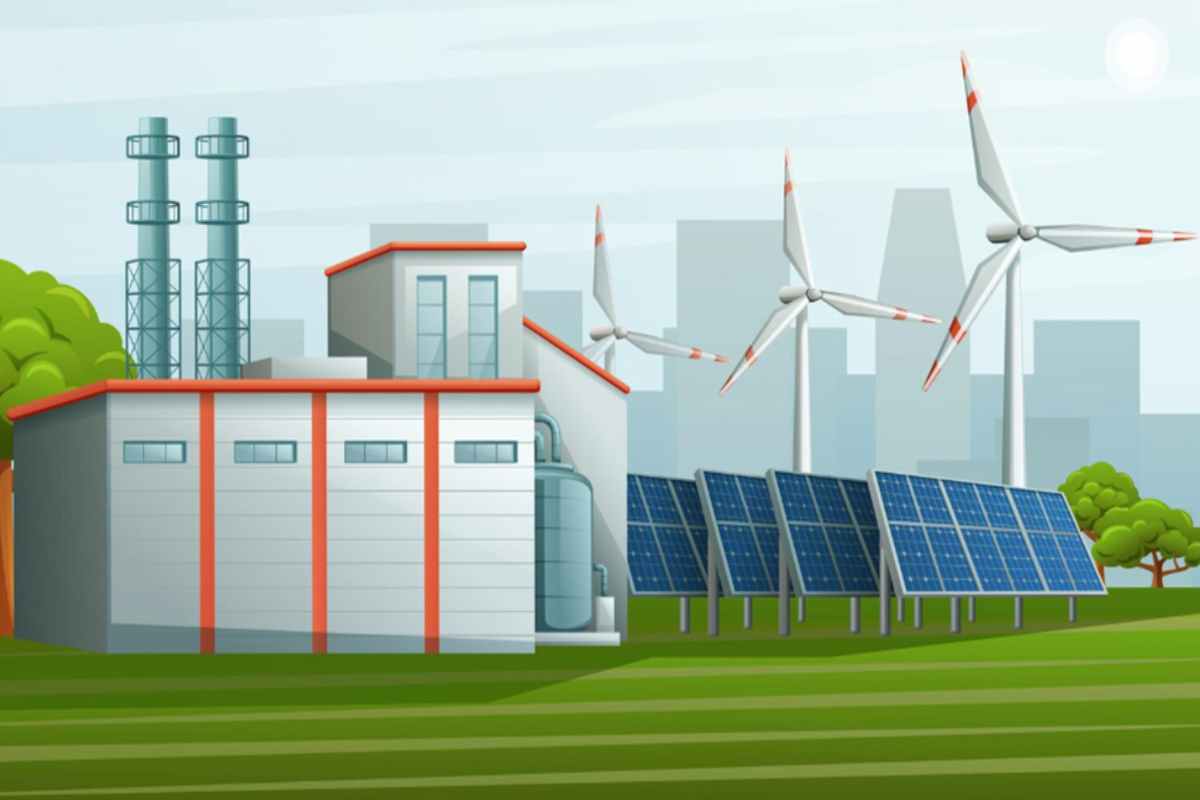Battery Energy Storage Systems (BESS) have emerged as pivotal solutions in today’s quest for sustainable and efficient energy management.
Wondering what a BESS is, how it works, what its key components are, why it’s a top choice, and where it is used? To let you know, we’ve crafted a comprehensive guide for you. So, let’s delve in…
What is a BESS?
It stores electrical energy produced in rechargeable batteries for later use. By integrating intermittent renewable sources like solar and wind, BESSs stabilise the grid, provide backup power, and optimise energy costs.
Here’s How a BESS Works
- Charging – When there’s low demand or excess energy generation (from solar panels or any other source), the BESS charges its own batteries.
- Storing – The major concern is where to store the energy produced. The answer is straightforward: it’s held in the battery cells.
- Discharging – In case the energy demand is high or there’s no grid available, the BESS discharges the stored energy.
- Conversion – An inverter converts the direct current (DC) energy stored from the batteries into alternating current (AC). That’s what most homes and businesses, irrespective of their sizes, utilise.
Key Components of a BESS
Unaware of what’s included in a battery energy storage system? Look nowhere else! Here are four key components of this system.
- Battery Cells – The fundamental elements that store electrical energy.
- Battery Management System (BMS) – The central control unit that oversees—battery health, temperature, and charge level—ensures peak performance, and prevents overcharging or excessive heat.
- Energy Management System (EMS) – The comprehensive control system that determines when to charge and discharge the batteries according to energy costs, demand, and availability.
- Inverter/Converter – Transforms DC energy into AC energy for utilisation and charging purposes.
What Makes BESS a Leading Choice
- Enhanced Energy Efficiency – BESS works wonders in terms of capturing and storing excessive energy. It helps optimise energy consumption when the demand is at its peak. In addition to reducing operational costs, this capability promotes a more efficient energy grid.
- Renewable Energy Integration – Industries continue to shift toward sustainable practices. That’s why BESS integrates renewable energy sources like solar and wind. It stores energy generated during peak production times to ensure a consistent power supply, even in less favourable conditions.
- Scalability and Flexibility – BESS can be tailored to meet the specific needs of different operations, making it a versatile solution for various scales of energy demands. No matter what your business’s size is, these systems can scale up or down, providing unmatched flexibility.
- Increased Reliability – BESS stores energy for use during outages or when demand is high, ensuring a reliable power supply. Most industries that depend on continuous operations choose a BESS, as it can reduce potential downtime and enhance overall productivity.
Top Industries Where a BESS Is Used
Battery Energy Storage Systems are being utilised across a wide range of industries, thanks to their versatility and importance in modern energy management:
- Manufacturing – BESS supports continuous operations by storing energy during off-peak hours, thereby safeguarding against potential disruptions.
- Telecommunications – These systems ensure uninterrupted service by providing backup power for critical communication networks during outages.
- Transportation – In the electric vehicle sector, BESS is crucial for charging stations, allowing for efficient energy storage and distribution.
- Commercial Buildings – To manage energy costs and enhance sustainability, businesses are increasingly adopting BESS for optimised energy usage and integration of renewable energy sources.


